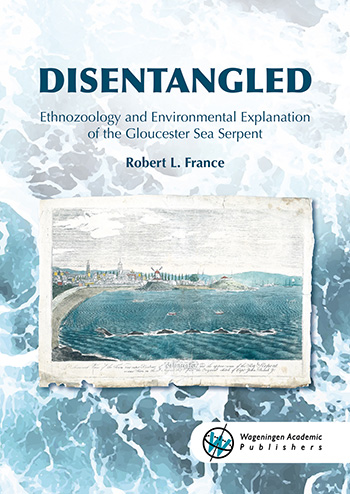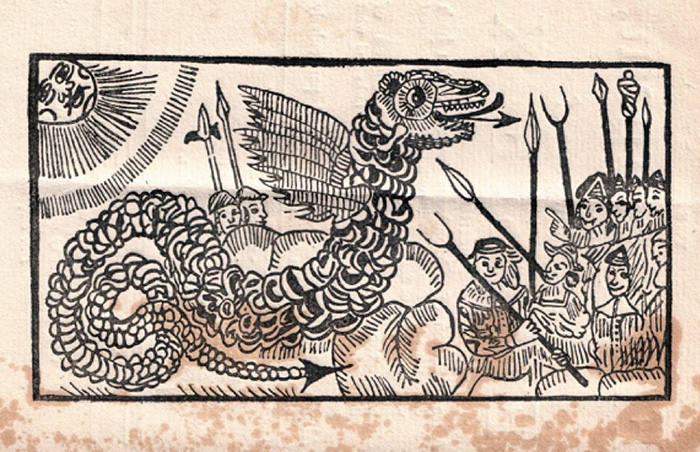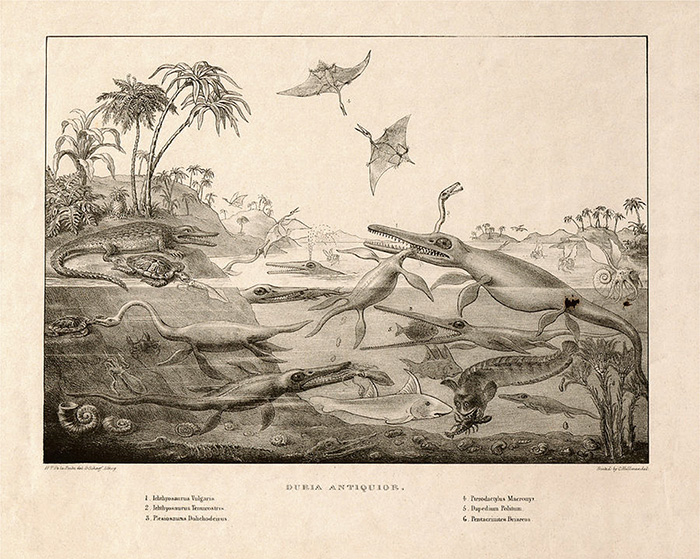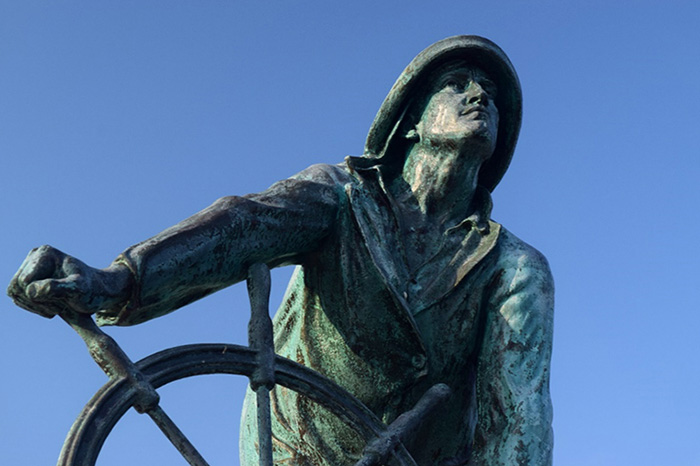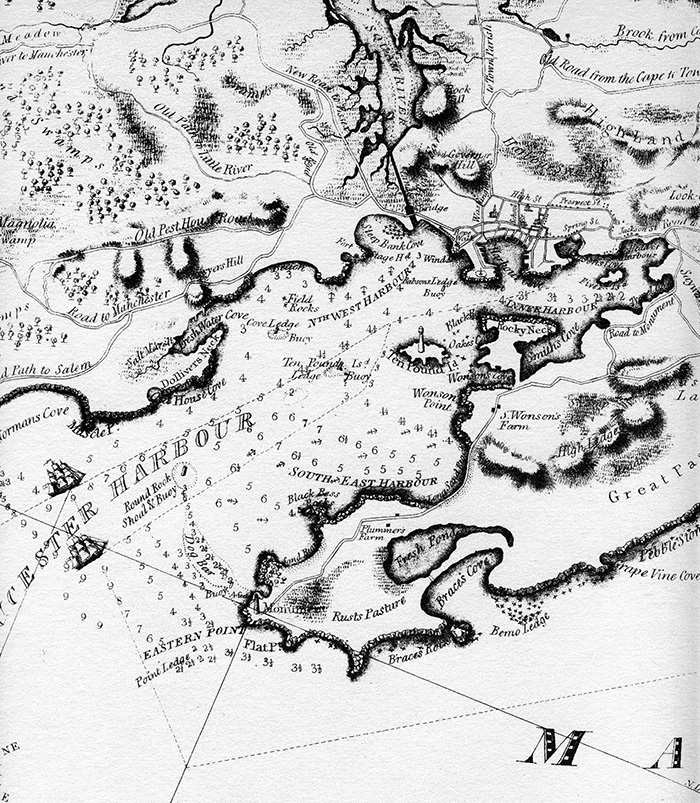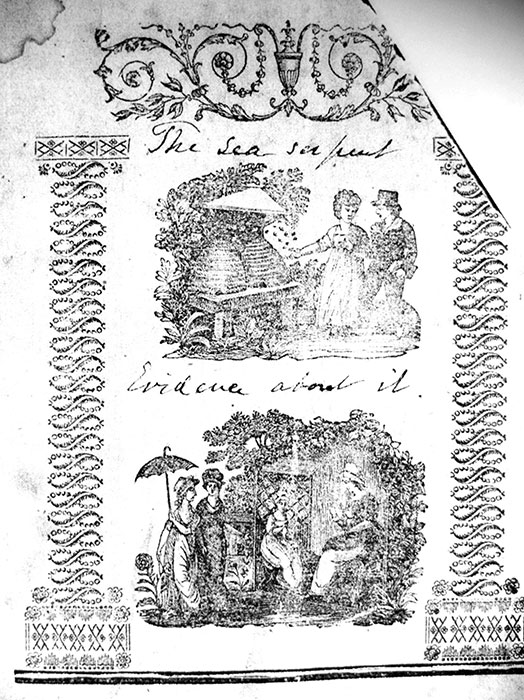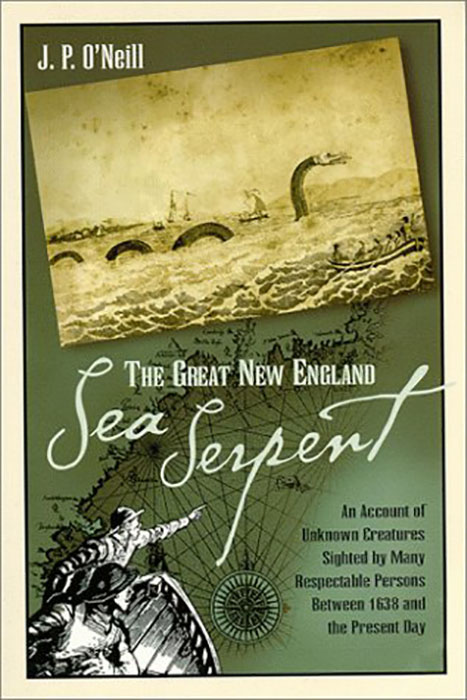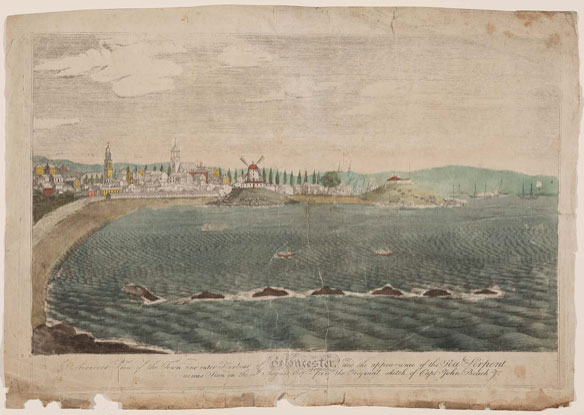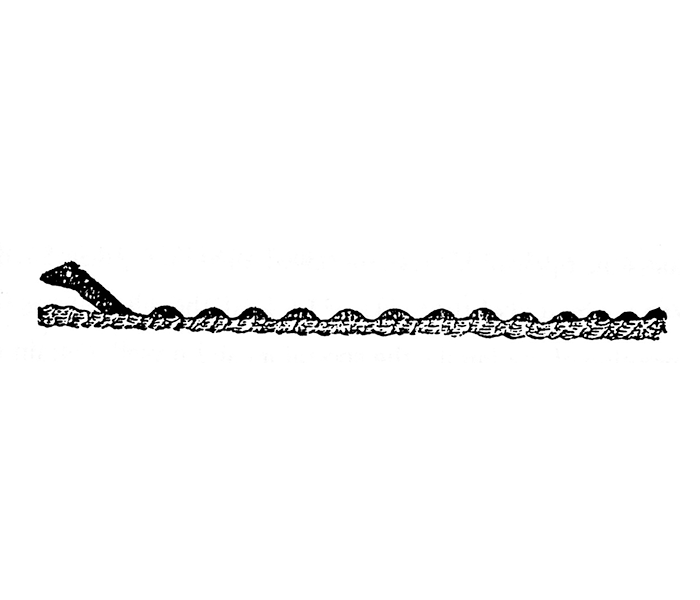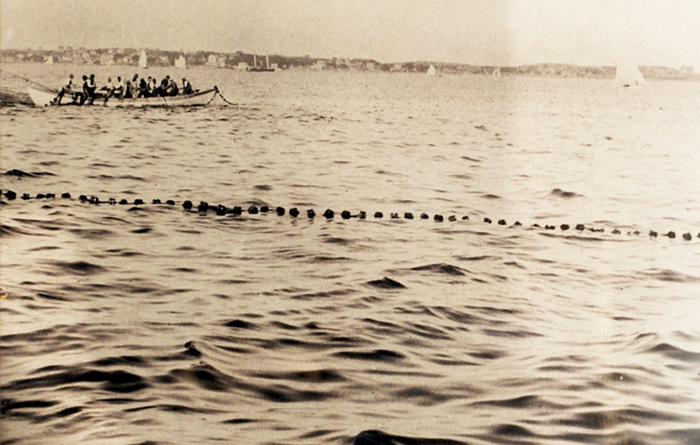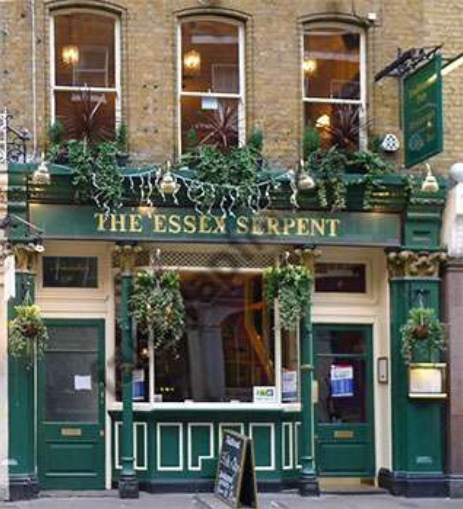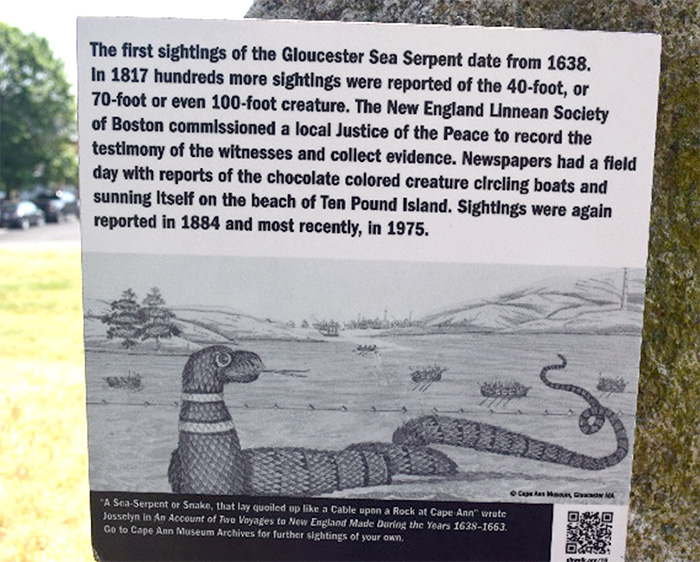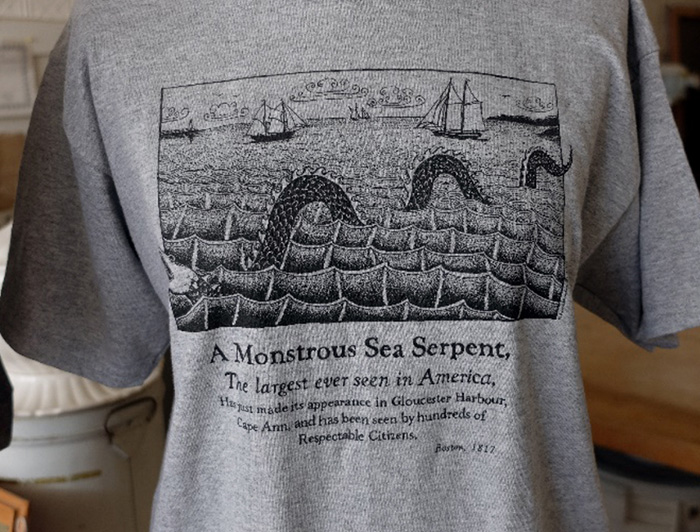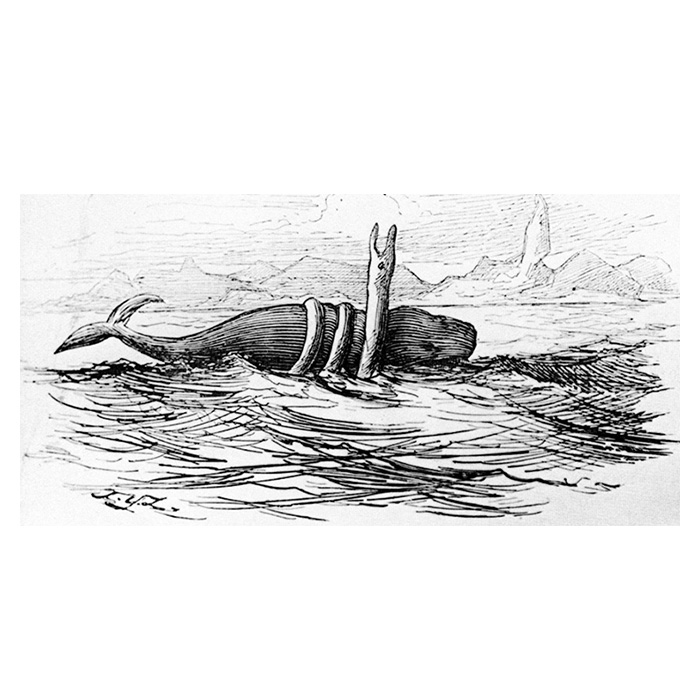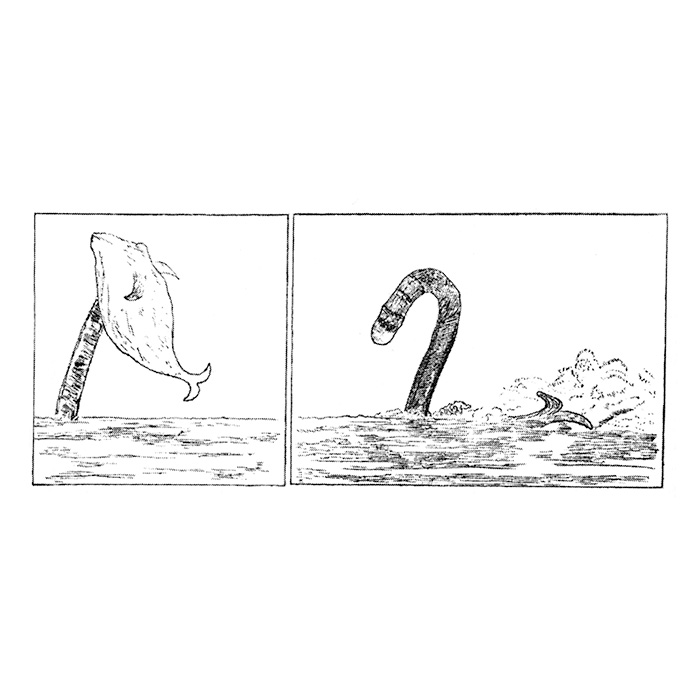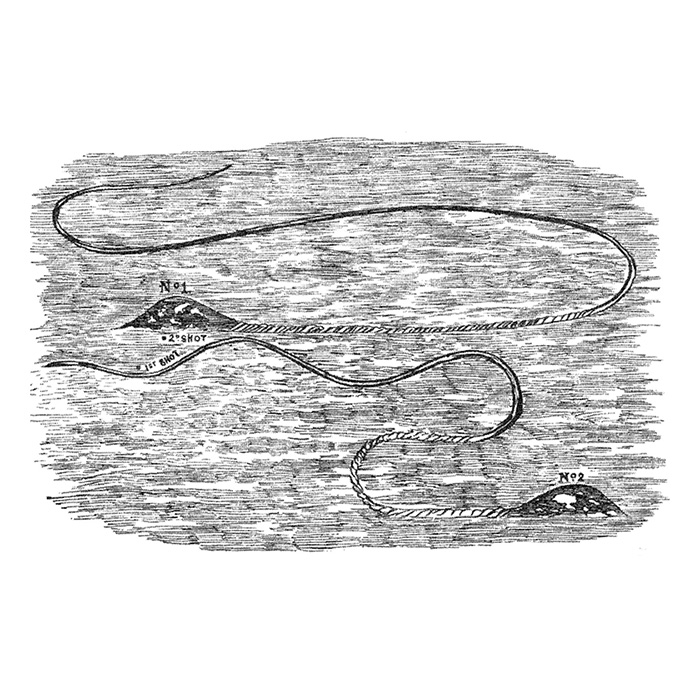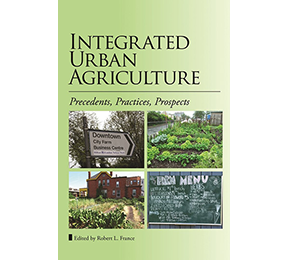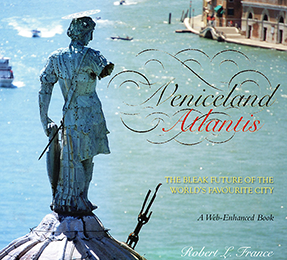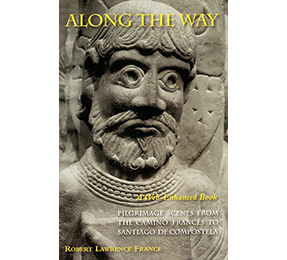Inside Features
Disentangled
Ethnozoology and Environmental Explanation of the Gloucester Sea Serpent
The Definitive Study and Solution to the Centuries-old Mystery of the World’s Most Sighted Sea Serpent
Contents
- The Sea Serpent as Enduring Mystery
- Sea Serpents and Natural History
- Sea Serpents and Cryptozoology
CHAPTER 2. NINETEENTH-CENTURY MARITIME CONTEXT
- The Eco-Cultural Seascape
- The Town Built by Fish
- The Great New England Sea Serpent
CHAPTER 3. CULTURAL HISTORY OF THE GLOUCESTER SEA SERPENT
- Happenings
- Investigation
- Humiliation
- Historiography
- Imagination
CHAPTER 4. NATURAL HISTORY OF THE GLOUCESTER SEA SERPENT
‘So Interesting a Link in the Chain of Animated Beings’
- Eyewitness Accounts
- Anecdotal Analyses
- Assembling the Composite Cryptid
‘The Most Interesting Problem in the Science of Natural History’
- To Catch a Serpent…But Then, Perhaps Not
- The Controversy…’But for a Tuna, Richard, a Tuna!’
CHAPTER 5. INTERPRETIVE HISTORY OF THE GLOUCESTER SEA SERPENT
- Natural History and Illation
- Cryptozoology and Confirmation Bias
- Conservation Biology and Inconvenient Truths
- Candidate Screening and Attempts at a Tentative Identification of the Entangled Marine Animal
- Lingering Questions about the Nature of the Beast
LITERARY HYPOGRAPH AND FINAL NOTE
A final note on the elusive nature of sea serpents
- Visiting the Gloucester Sea Serpent at Age Two Hundred
- Sea Serpents: ‘The Best Explanation Yet‘
Literary Epigraph
- Excerpt from Sarah Perry’s novel The Essex Serpent

Preface
- The original 17th-century account of the Essex Serpent
- Explanation why the Gloucester Sea Serpent sightings are so different and so important to investigating the phenomena
Chapter 1. Background
- Overview of 19th-century natural history’s fascination with sea serpents and their significance to the development of paleontology and evolutionary theory
- Problems with the pseudoscience of modern-day cryptozoology
- Introduction to the field of ethnozoology wherein contemporary sea serpent research resides
Chapter 2. Nineteenth-Century Maritime Context
- Introduction to the biodiversity and ecocultural landscape of maritime New England
- Overview of the history of Gloucester, Massachusetts
- History of sea serpent sightings from their origin in Scandinavia to their occurrence in New England
Chapter 3. Cultural History of the Gloucester Sea Serpent
- Distillation of important events in the timeline of the Gloucester Sea Serpent sightings
- Publication of the report by the Linnaean Society of New England and the embarrassing fallout ensuing thereafter
- Review of the copious material published about the Gloucester Sea Serpent, including regional histories, modern scholarship, and popular literature
- The Gloucester Sea Serpent’s coverage in poetry, theatre, fiction, and illustrations
Chapter 4. Natural History of the Gloucester Sea Serpent
- Comprehensive presentation of 90 eyewitness accounts of the UMO between 1815 and 1824
- Detailed analyses of anecdotes and summarizing overviews of the observed UMO
- The reported capture of the putative sea serpent and the ensuing controversy
Chapter 5. Interpretive History of the Gloucester Sea Serpent
- Review of previous hypotheses advanced for explaining the Gloucester Sea Serpent by 19th-century natural historians and 19th– and 20th-century cryptozoologists
- The core of the present book represented by a detailed examination of all the evidence to answer the questions as to whether the observed UMO:
- Was an inanimate illusion or a real object?
- Was multiple animals observed together or a single creature?
- Was a giant serpent or something else?
- Had a body that was a single serpentine object or composed of many parts?
- Was a natural phenomena or an anthropogenic artifact in the form of being an animal entangled in fishing gear or other maritime debris?
- Candidate screening and tentative identification of the entangled marine animal behind the Gloucester Sea Serpent based on detailed examination of the observed characteristics of the ‘head’, the displayed locomotory behavior and swimming speed, and the physical location and phenology of the sightings
- Unresolved questions concerning the Gloucester UMO
Literary Hypograph and Final Note
- Another excerpt from Sarah Perry’s The Essex Serpent and final comments on the search for such cryptids
References
- More than 350 references
Appendix 2
- Summary of a series of previously published papers on other famous sea serpents that are now proposed to have been misconstrued mundane marine fauna entangled in fishing gear or maritime debris
- See also the subsequently published paper: France, R.L. 2019. Extreme climatic upheaval, emergency resource adaptation, and the emergence of folkloric belief: Geomythic origin of sea serpents from animals becoming entangled in fishing gear during New England’s nineteenth-century social-ecological crisis. Human Ecology 47:499-513.
